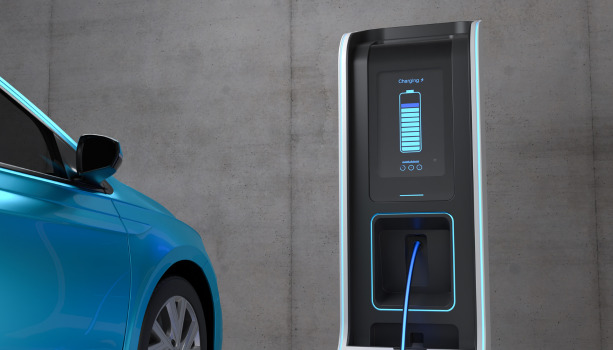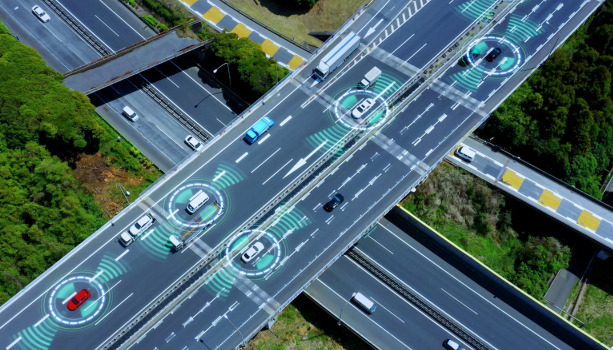By 2050, 68% of the world’s population is expected to live in urban communities. Of the estimated 6.25 billion people that will be living in city areas, 15% will be people with disabilities—an astounding 937.5 million. While those with disabilities often prefer to live in urban areas because of the increased availability of public transportation or access to medical facilities offering healthcare, the reality is that many face challenges when going from point A to point B. But when we think of the changing landscape of smart roads and smart cities, many of us often overlook the difficulties that those with disabilities face. For example, while trying to hail a taxi sounds like a simple task for many, for those in wheelchairs or dealing with other physical challenges, it is a daunting challenge. In fact, out of the millions with disabilities, around 28% rarely leave their home because of difficulties associated with transportation.
Mobility Accessibility Options for People with Disabilities
So with the future of mobility, how can society open up its doors to make smart roads more accessible? People with disabilities have a wide range of abilities and challenges, so it is crucial that we look at the issues from various points of view.
Many companies have taken note that a smart city needs to be inclusive of all of its citizens. In fact, in May 2020, Google rolled out a new mobility accessibility feature on Google Maps that displays wheelchair-friendly routes. However, when it comes to longer distances, mobility is still a challenge.
And though the rise of autonomous vehicles is currently underway, the technology still requires a “driver” that can manually take over in case of an emergency. Not all people with disabilities are able to take on this kind of responsibility, and therefore are more likely suited to taking other methods of transportation like a taxi, fixed route transit (public transportation), or ridesharing. But yet another caveat is that while these methods may be more suitable, they do come with limitations that are often out of the scope of a person’s control – taxis are less likely to stop for people with disabilities (not to mention can add up in terms of price), or accessibility entrances might be difficult for those with mobility challenges to find.
What does the accessible smart future look like?
It comes down to how the mobility industry can expand offerings to the variety and range of people with disabilities. While infrastructure like subway systems or buses can change their vehicles to be accessible to passengers of all abilities and disabilities, this can take time to research, develop, and implement. Unfortunately, the timeline of these kinds of changes is much longer because these infrastructures are not specific to mobility challenges, but must be implemented on a larger scale for the general public.
For AUTOCRYPT, this means focusing on fleet management operations specifically for those facing mobility challenges to shorten the timeline of development and implementation. In July, AUTOCRYPT partnered with 2U, a non-profit organization focused on providing the freedom of mobility accessibility to those who are unable to experience the ease of transportation.
2U’s ride hailing service is specifically geared towards those with mobility challenges – with an accessible mobile application (with TTS) designed to make dispatch smart, quick, and efficient, riders can “hail” a cab at a fraction of the price of other para-transit methods which can add up. Drivers are assigned riders by the central app itself and are trained to provide assistance to make the ride more comfortable. The service launched earlier this month in Busan, Korea and plans to expand later this year.
While long-term, our hope is that smart cities will implement transportation services that are inclusive and barrier-free. Ideally this would mean wheel-chair / cane / walker-accessible entrances and ramps, allotted seats for those with infants or pregnant women, and affordable transportation for people of all ages and socioeconomic backgrounds. However, for the short-term AUTOCRYPT’s fleet management and MaaS services will ensure that those with mobility challenges are not barred from the narrative of urban transportation.
For more information about AUTOCRYPT and its fleet management products and services, visit AUTOCRYPT’s FMS product page and learn more.



